Lead contamination in drinking water is a serious public health concern. The EPA provides extensive resources to help individuals understand the sources of lead, its health impacts, and the steps to reduce exposure.
Sources and Health Effects of Lead
Lead can enter drinking water through the corrosion of plumbing materials that contain lead, such as pipes, faucets, and fixtures. Homes built before 1986 are more likely to have lead pipes, fixtures, and solder. The health effects of lead exposure are severe, especially for children, leading to developmental issues and various health problems in adults, including kidney damage and high blood pressure.
Steps to Reduce Lead Exposure
-
Testing Your Water: The only way to confirm the presence of lead in water is through testing. The EPA recommends contacting your local water utility or a certified laboratory for water testing.
-
Identifying Lead Service Lines: Contact your water utility or a licensed plumber to determine if your service line is made of lead.
-
Flushing Pipes: Run water for several minutes before using it for drinking or cooking to flush out any lead particles.
-
Using Cold Water: Always use cold water for drinking, cooking, and making baby formula, as hot water is more likely to contain higher levels of lead.
-
Cleaning Faucet Aerators: Regularly clean aerators on faucets to remove any debris and lead particles that may have accumulated.
-
Using Certified Filters: If using a water filter, ensure it is certified to remove lead. Follow the manufacturer’s instructions for installation and replacement.
-
Staying Informed About Local Construction: Be aware of nearby construction activities that might disturb lead service lines, potentially increasing lead levels in the water.
Regulatory Measures
The EPA enforces regulations under the Lead and Copper Rule, which requires water systems to control the corrosivity of water to prevent lead contamination. Water systems must also replace lead service lines when necessary and educate the public about lead in drinking water.
For more detailed information, you can visit the EPA's page on Basic Information about Lead in Drinking Water (US EPA). This resource includes further guidelines, infographics, and additional steps to ensure your drinking water is safe from lead contamination.
